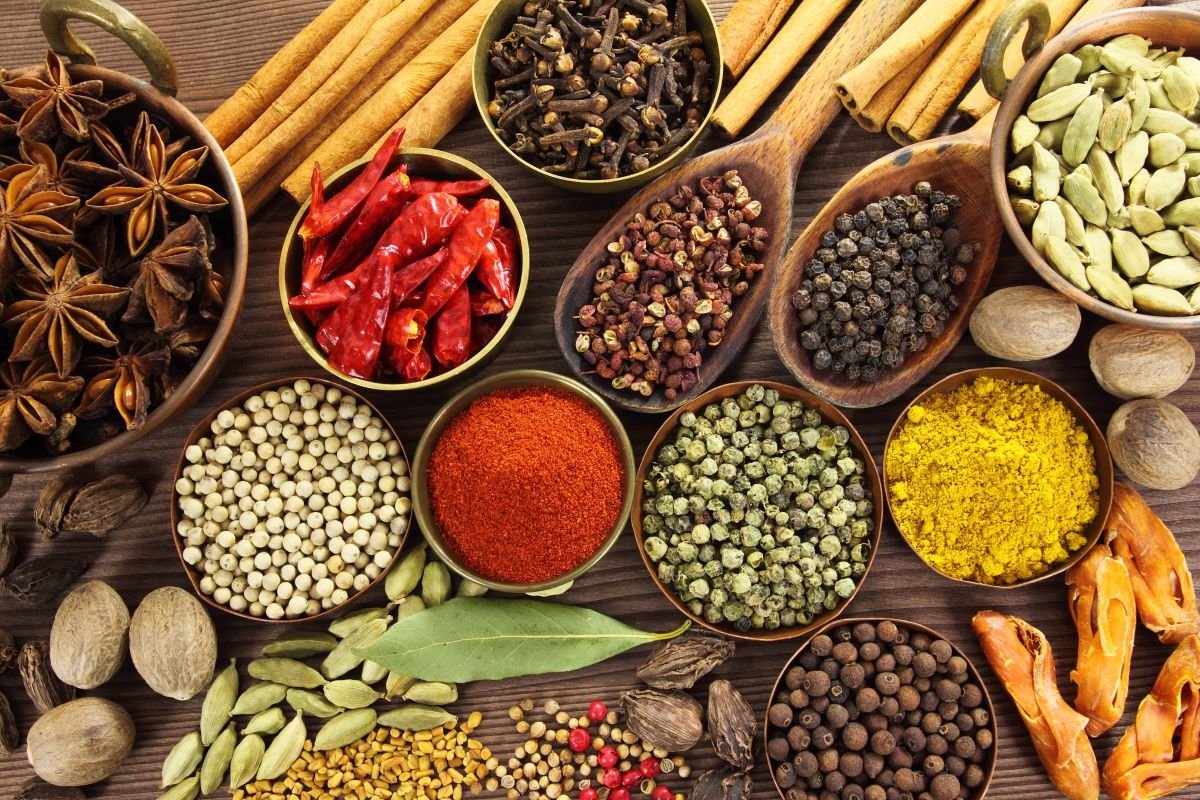Harira: A Healing Postpartum Ayurvedic Broth

Shoma Abhyankar writes about the healing Ayurvedic broth prepared in north Indian homes, to help new mothers with postpartum recovery.
Twenty years ago, on a warm April day, I birthed a beautiful baby girl through emergency caesarean. Despite the stress of it, she emerged beautiful and safe; but my body had taken a bit of beating. After five days in the hospital, I returned home to Aaji, my grandmother, and a drink she had freshly brewed for me. She fed me tenderly: “This harira will heal your body of pain, and give you energy as you breastfeed your baby.”
Every morning I’d wake, bathe my newborn and put her to sleep after a morning feed. My mother, following my grandmother’s recipe to the T, would have the translucent warm brew with oodles of ghee, a plethora of spices and dry fruits, simmering, ready for me to drink. The aroma of spice infused liquid, sweetened with just the right quantity of jaggery, was enough to persuade me to drink it down to the last drop.
I often wanted more than cup of the delicious harira, but Aaji was firm: the drink was a medicinal preparation, to be consumed in limited quantity only. “You want the herbs and spices to heal your vulnerable body,” she would explain, “And not overheat your body, or add fat more than required.”
Childbirth is Incomplete without Harira
Harira is mostly prepared in the northern parts of India, as a postpartum remedy for new mothers. In other regions of the country too, similar spices and dry fruits are used to make laddoos or powders like panjiri, with the same intent of restoring and strengthening the health of new mothers.
“Delivery adhoori hai harira k bina.” Child birth is incomplete without harira, explains journalist Huneza Khan’s grandmother, explaining why women drink harira in Bhopal. Indeed, the traditional Ayurvedic beverage, most often homemade, uses recipes that are unique to each family, and passed down over generations, is considered medicinal, with significant benefits for postpartum women. It is made by boiling various spices and dry fruits, often using khuskhus or poppy seeds, cloves, long pepper, charoli nut or chironji (almondette), ginger powder, jaggery, ghee, coconut, fox nut, turmeric asafoetida. Some families add in carom seeds and fennel.
Rooted in Ancient Medicine
Ayurveda, the ancient Indian medical system, is replete with information about plant-based medicines and their benefits. The specific spices used in the preparation of harira have properties that are now acknowledged by modern medicine. Turmeric with its active ingredient cur-cumin has powerful effective anti-inflammatory effects on the body; cloves on the other hand, have powerful antimicrobial properties. Ghee, in moderate quantities, is rich in mono-saturated omega-3 fatty acids. An excellent source of iron and other minerals like magnesium, phosphorus, calcium and potassium, is jaggery, also known to prevent anaemia, which is the cause of fatigue and muscle weakness. The chemical composition of long pepper is known to reduce inflammation. Carom seeds, known as ajwain in India, help in keeping the digestive system in good health. All these ingredients are combined in a healing broth, to help women relieve muscle pain and increase immunity in the initial days after childbirth.
In recent years, either for want of ingredients, or scepticism surrounding Ayurvedic medicines by the practitioners of western medicine, the preparation of harira and similar traditional recipes have started to wane, forgotten on ignored in urban households. The laddoo, however, with similar ingredients, has retained popularity, and is available commercially. Nonetheless, that there are no harmful side effects from its consumption, is without doubt.
And if nothing else, the immense love and care of my mother and grandmother, distilled in that cup of harira, was enough for me.
RECIPE FOR HARIRA
Ingredients
(makes 2 cups)
2-3 tsp ghee or clarified white butter
4-5 pimpli or long peppers
1 tbsp charoli nut (also known as chironji and almondette)
1 tsp khuskhus or poppy seeds
2 cloves
¼ tsp turmeric
1 pinch of asafoetida or hing
Pinch of sonth or ginger powder
1 tbsp grated dry coconut
6-7 chopped fox nuts or makhana
2 chopped almonds
2tbsp gur or jaggery
2 cups of water
Method
Roughly chop the pimpli or long peppers into large pieces.
Heat ghee in a pan, add in the asafoetida, turmeric, long pepper, cloves, chironji, khuskhus, ginger powder and grated coconut.
Roast for 30-40 seconds.
Now, add other remaining ingredients: jaggery, almonds, makhana. Add water, bring to a boil.
Boil for 2-3 minutes.
Remove the long pepper pieces from the broth.
Serve the warm pale yellow liquid.
Remember to consume in limited quantities because of its properties of imparting warmth.
Shoma Abhyankar is an independent writer based out of Pune.
ALSO ON THE GOYA JOURNAL








